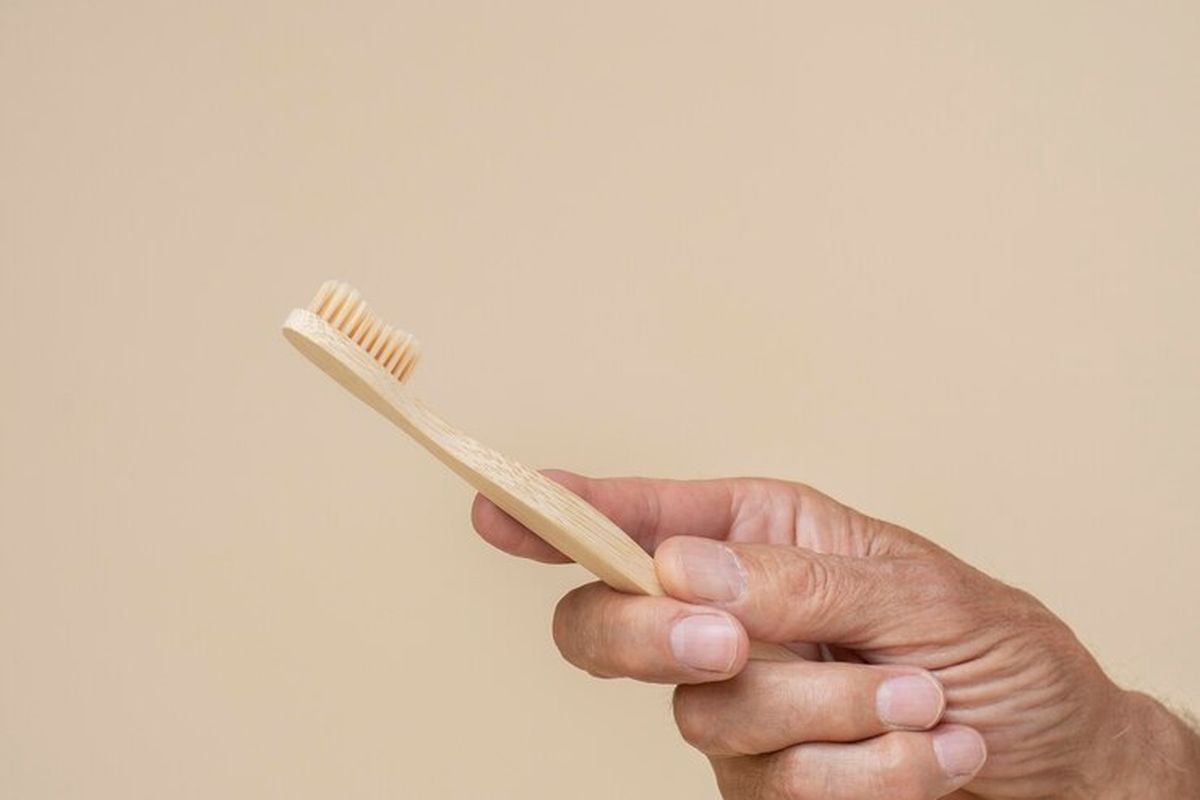Beware! Overbrushing Can Damage Your Teeth and Gums - Here's How to Brush Properly

We all know brushing our teeth is essential for good oral hygiene. But did you know that brushing too hard or too often can actually do more harm than good? It's a common misconception that the more you brush, the cleaner your teeth will be. However, excessive brushing can lead to serious damage to your enamel and gums, ultimately impacting your oral health. Let's explore why this happens and how you can brush correctly for a healthy, sparkling smile.
The Dangers of Overbrushing
When you brush too vigorously or too frequently, you're essentially sanding away at your tooth enamel. Enamel is the hard, protective outer layer of your teeth, and once it's gone, it’s gone for good. Here's a breakdown of the potential problems:
- Enamel Erosion: Aggressive brushing can thin the enamel, making your teeth more susceptible to cavities and sensitivity.
- Gum Recession: The gums can pull back, exposing the roots of your teeth. This can lead to increased sensitivity, pain, and even tooth loosening.
- Tooth Sensitivity: As enamel wears away, the underlying dentin (which contains tiny tubules that lead to the nerve) becomes exposed, causing sensitivity to hot, cold, or sweet foods and drinks.
- Gum Inflammation (Gingivitis): While brushing helps prevent gingivitis, overbrushing can irritate the gums, leading to inflammation, bleeding, and discomfort.
How to Brush Properly: A Step-by-Step Guide
So, how do you ensure you're cleaning your teeth effectively without causing damage? Follow these tips:
- Choose the Right Toothbrush: Opt for a soft-bristled toothbrush. Hard or medium bristles are too abrasive and can damage enamel and gums. Electric toothbrushes with pressure sensors can be helpful to prevent overbrushing.
- Use the Correct Technique: Employ a gentle, circular motion. Avoid scrubbing back and forth, which can wear down enamel. Angle the brush at 45 degrees towards the gum line.
- Brush for Two Minutes: Most people don't brush for the recommended two minutes. Use a timer or electric toothbrush with a built-in timer to ensure you're brushing long enough.
- Don't Overdo It: Brush twice a day – once in the morning and once before bed. Brushing more than that can be detrimental.
- Be Gentle on Your Gums: Focus on cleaning the teeth, not aggressively scrubbing the gums.
- Rinse Thoroughly: Rinse your mouth with water after brushing to remove any remaining toothpaste and debris.
Beyond Brushing: Complete Oral Care
Brushing is just one part of a comprehensive oral care routine. Don't forget to:
- Floss Daily: Flossing removes plaque and food particles from between your teeth, where your toothbrush can't reach.
- Use Mouthwash: Mouthwash can help kill bacteria and freshen your breath.
- Regular Dental Checkups: Visit your dentist for regular checkups and cleanings to identify and address any potential problems early on.






/data/photo/2025/06/26/685d33a880765.jpg)